From the early days of computers, to desktop computers, laptops, tablets and smartphones, as well as some other smart devices, it's safe to say that a screen is what they have in common.
To go beyond the screen, researchers have ventured onwards to develop Virtual Reality (VR), as well as Augmented Reality (AR). With headsets to experience these, the digital world is no longer restricted to the width and height of a screen.
Things get infinite, because users can interact with pretty much anything in their surroundings, by just moving their head.
By entering the virtual worlds, the boundaries between reality and computer-generated worlds start to fade.
Apple has the Vision Pro, and with it, the company redefines this experience.
One of which, is emulating eye contact.
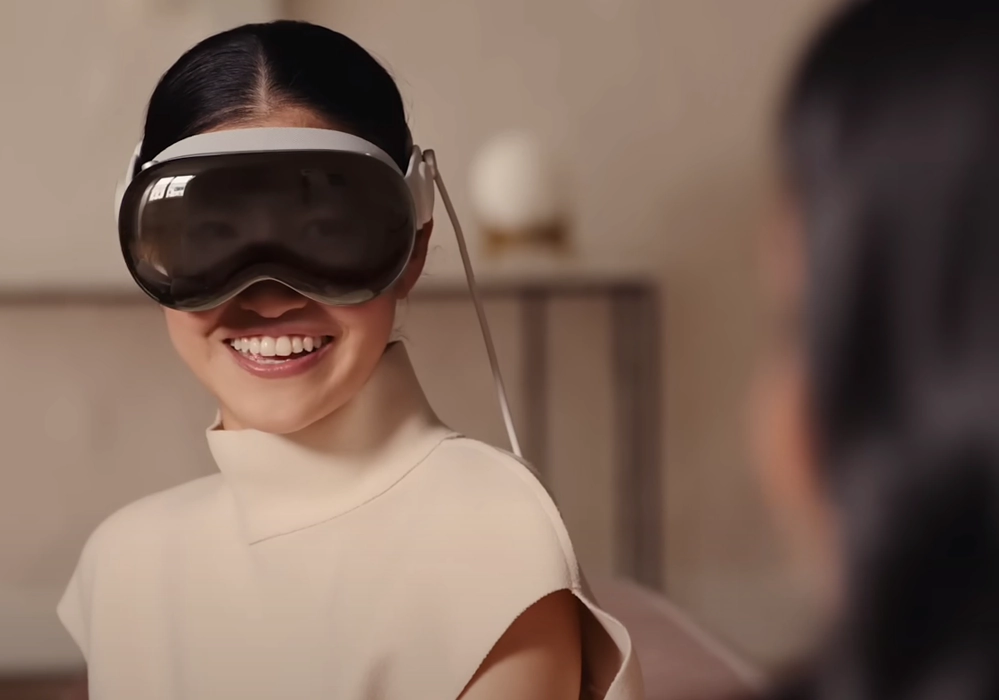
Apple Vision Pro managed to do this using what it calls the 'EyeSight' display, which projects a visual feed of users' own eyes to the outside world.
This is particularly aimed for other people, because users using the Vision Pro have pretty much half of their face covered, and this includes the eyes.
In order to better connect with people in the real world, and that because eye contact matters, be it real or virtual, Apple leveraged EyeSight that stacks layers of screens on top of each other.
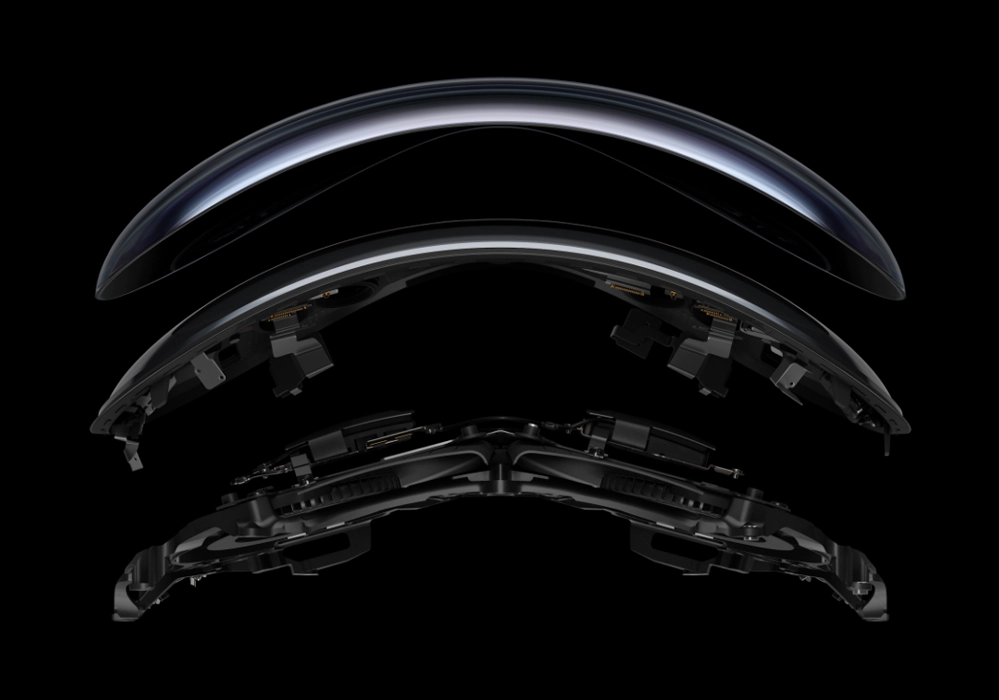
The first one, is the widening optical layer, which creates depth.
The second is the lenticular lens layer, which allows VisionOS to render multiple face images, slices them up, and display them in a 3D-like fashion via the stereoscopic effect.
And the third is the OLED screen that "displays" the eyes to the real world.
Together, this sophisticated piece creates a 3D-formed laminated glass.
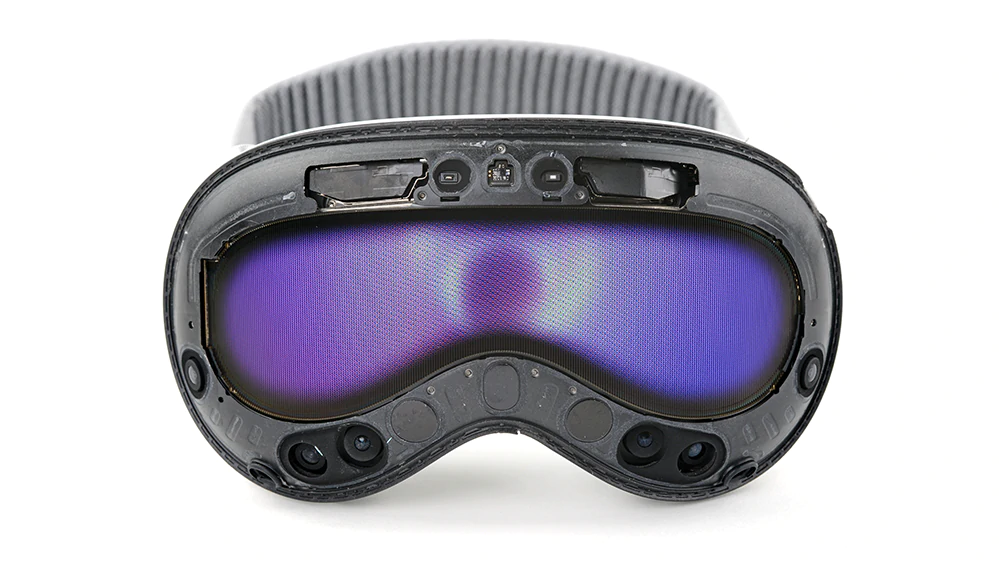
And because the eyes are virtual, the eyes that appear can be anything.
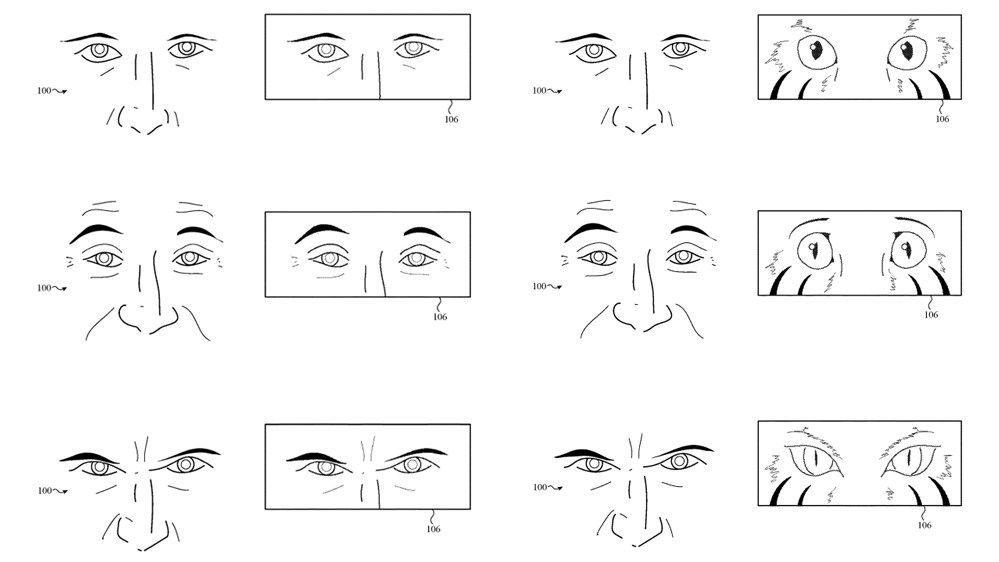
While this approach makes the panel to show oddly pinched and dimmed eyes, EyeSight is able to visualize the eyes in a more life-like manner, as opposed to a conventional "flat" output on the curved OLED panel.
"Apple Vision Pro helps you remain connected to those around you. EyeSight reveals your eyes and lets those nearby know when you’re using apps or fully immersed in an experience. When someone approaches, Apple Vision Pro simultaneously lets you see the person and reveals your eyes to them." said Apple.
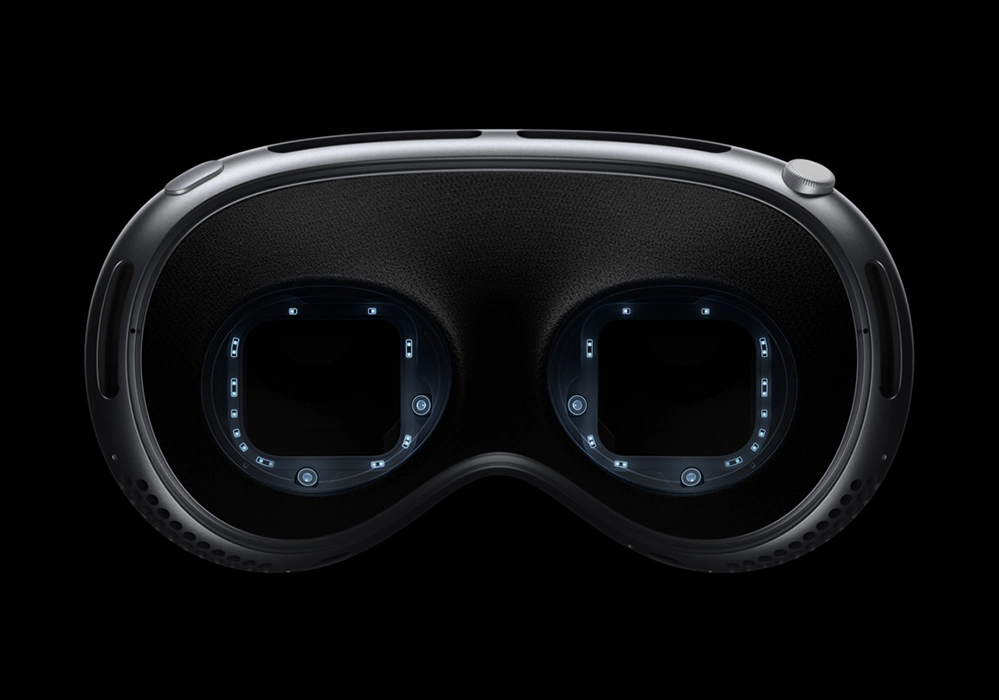
But in order for this to work, the Vision Pro has what the eye tracking system, which allows the device to read eye movement and understand what users are focusing at.
It comprises of a high‑performance LEDs and infrared cameras that projects invisible light patterns onto each eye. This advanced system provides input to the device without having the users to hold any controllers.
With this system, users can accurately select elements just by looking at them.
This same feature helps feed data to EyeSight, in order for it to properly display the virtual eyes.
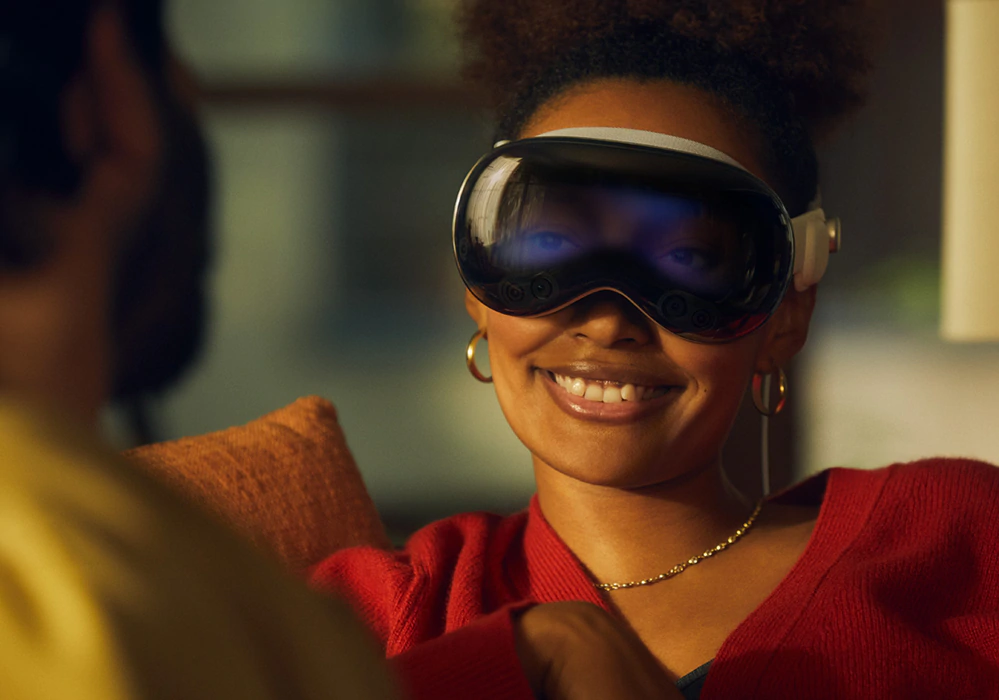
And more, because on the inside, the real world is projected to the users' eyes, through one of the most crisp looking display the industry has at the moment of its launch.
The huge upgrade in terms of display is that, the Vision Pro packs a lot more pixels than the iPhone 15 Pro
In comparison, the dual MicroOLED panels inside the Apple headset have a very dense 3,386 pixels per inch. This is significantly larger than the iPhone 15 Pro, which only packs 460 pixels per inch.
This allows users to experience of seeing more pixels per eye than a 4K TV, making every viewing experience, whether on a long flight or on a living room sofa, nothing short of spectacular.

The Vision Pro is Apple's answer to the so-called "metaverse," virtual reality, augmented reality and mixed reality.
But because Apple markets the Vision Pro as a "spatial computer," and not just some VR or AR headset, the Vision Pro emerges as an innovative leap in technology.
Meta sells headsets, and so do Microsoft, Google and some others.
But nothing from them compares to the Vision Pro in terms of sophistication, and also price.
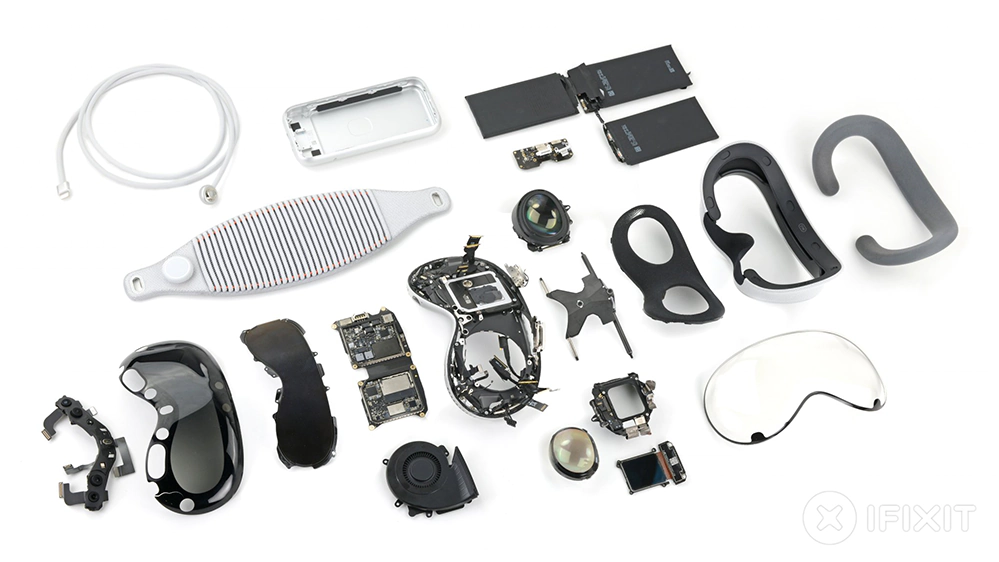
Putting aside the specifications, the Vision Pro is built using a custom-crafted aluminum alloy frame to hold together the sophisticated 3D-formed laminated glass, and its whole array of cameras and sensors.
But Apple managed to put them all together, in a minimalistic manner, making it able to pack so much but without showing the sophistication.
In line with Apple's design language, which focuses on simplicity, the Vision Pro integrates the best features of macOS, iOS, and iPadOS, offering an intuitive and immersive experience.